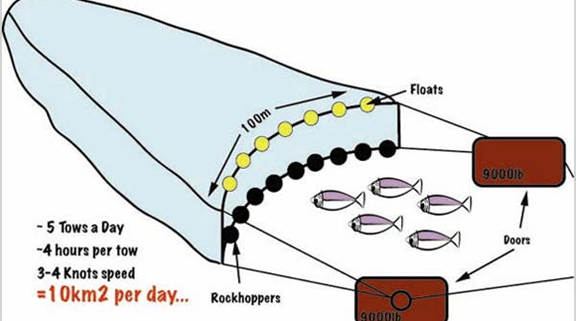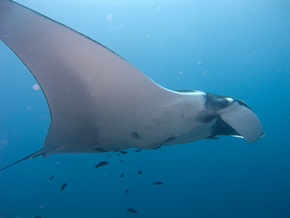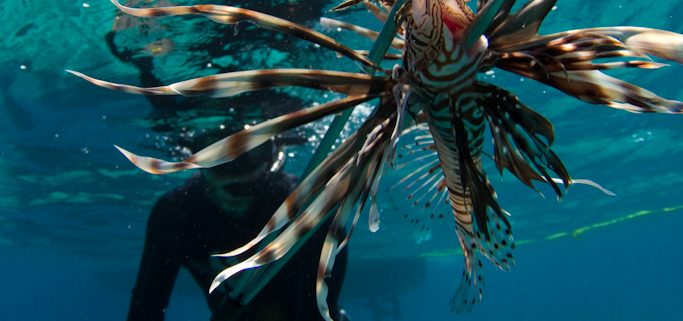Can MPAs help tropical sharks?
By Christina Marmet, Marine conservation student Sharks have been around for 450 million years, and have survived every extinction episode that our Earth has known since then (Litman 1996). However, human beings may be the biggest threat they have ever faced. Today, there are about 500 species of sharks in the ocean, with more being […]
Trawling on seamounts: effects on corals
By Jennifer Dean, Marine Conservation student Have you ever wondered how your seafood is caught? Many of the species commonly consumed by humans, such as cod, flounder, and shrimp, are caught by a method called bottom trawling (montereybayaquarium.org). Bottom trawling is a large scale fishing method that has been used for many years, consisting of […]
New Educational Activity: Mercury & Sharks
With great excitement, we would like to announce a brand-new educational activity now offered here on the RJD website! Utilizing a subset of data from RJD shark research trips, you can investigate the bioaccumulation of methyl mercury in South Florida shark populations. Broken down into two worksheets, the first part will provide you with a […]
New Educational Activity: Mercury & Sharks
With great excitement, we would like to announce a brand-new educational activity now offered here on the RJD website! Utilizing a subset of data from RJD shark research trips, you can investigate the bioaccumulation of methyl mercury in South Florida shark populations. Broken down into two worksheets, the first part will provide you with a […]
Satellite Tagging and Manta Ray Conservation
By Kayleigh Michaelides Marine conservation student The Manta Ray: The giant manta ray (Manta birostris) is the world’s largest ray species with a disc width of up to 7m from wing tip to wing tip (Graham et al. 2012). Despite their large size, mantas are harmless to humans. Manta rays have a broad distribution throughout […]





